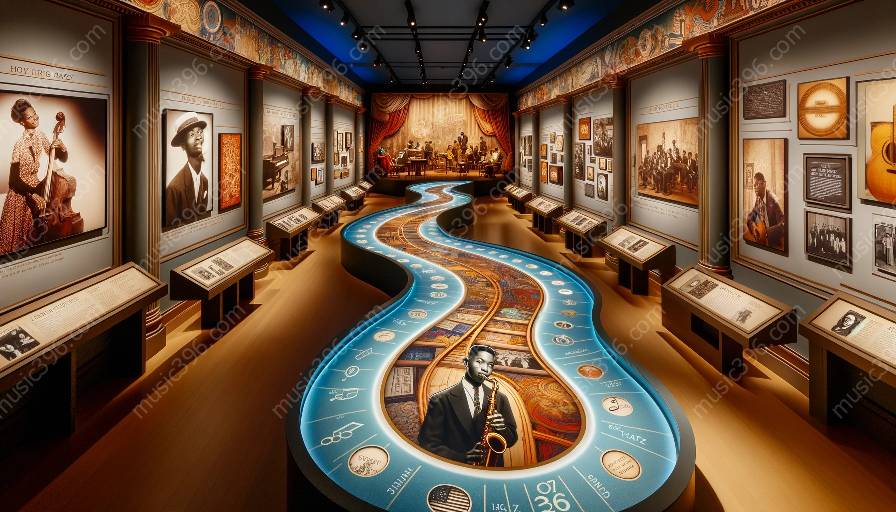Jazz music has undergone significant evolution and has a rich history that continues to shape its practice and education. In the 21st century, jazz musicians and educators face numerous challenges that impact the preservation, promotion, and study of this art form. Understanding these challenges is essential for the continued growth and relevance of jazz in today's world.
The Evolution of Jazz
Jazz is a genre that originated in the late 19th and early 20th centuries, with its roots in African American communities in the United States. Over time, jazz has incorporated diverse musical styles and influences, leading to its evolution into various subgenres and forms such as swing, bebop, cool jazz, and fusion.
The evolution of jazz has been marked by innovation, creativity, and cross-cultural exchange. Jazz musicians have continually pushed the boundaries of traditional music, resulting in a dynamic art form that reflects the social, cultural, and political landscapes of different eras.
Challenges Facing Jazz Musicians
1. Commercial Viability: One of the main challenges for jazz musicians in the 21st century is the commercial viability of their music. While jazz has a dedicated fan base, it struggles to compete with more mainstream genres in the music industry. As a result, jazz musicians often face limited opportunities for exposure, performance, and financial stability.
2. Innovation and Tradition: The balance between innovation and tradition poses a significant challenge for jazz musicians. On one hand, there is a need to preserve the authenticity and legacy of jazz while also pushing the boundaries of creativity and experimentation. Navigating this balance requires a deep understanding of jazz history and a willingness to explore new musical territories.
3. Cultural Relevance: Jazz musicians are tasked with staying culturally relevant in a rapidly changing world. This involves engaging with contemporary social issues, collaborating across diverse musical genres, and connecting with younger audiences who may have limited exposure to jazz music.
Challenges Facing Jazz Educators
1. Curriculum Innovation: Jazz educators must continuously innovate their curricula to reflect the evolving nature of jazz and music education. This includes integrating new technologies, incorporating diverse musical traditions, and adapting teaching methods to engage students effectively.
2. Access and Inclusion: Ensuring access and inclusion for students from varied backgrounds is a pressing challenge for jazz educators. Creating a supportive and inclusive learning environment for students of different races, genders, and socio-economic statuses is key to diversifying and expanding the future jazz community.
3. Collaboration and Professional Development: Jazz educators face the challenge of building meaningful partnerships with professional musicians and institutions to provide students with real-world learning experiences. Additionally, ongoing professional development is crucial for educators to stay updated with the latest trends and practices in jazz education.
Intersecting Challenges and Solutions
The challenges facing jazz musicians and educators intersect in several ways, requiring collaborative efforts to address them effectively.
1. Technology Integration: Embracing technology can help jazz musicians reach wider audiences and educators create innovative teaching materials and platforms. From online performances to virtual classrooms, technology offers opportunities for jazz to thrive in the digital age.
2. Community Engagement: Promoting community engagement through outreach programs, workshops, and concerts can help jazz musicians and educators connect with diverse audiences and build support for jazz education and performance.
3. Advocacy and Representation: Advocating for the recognition and representation of jazz in cultural and educational institutions is essential for ensuring its continued relevance and impact. Jazz musicians and educators can work together to advocate for funding, research, and equal opportunities for jazz education and performance.
Conclusion
Despite the challenges they face, jazz musicians and educators continue to play a vital role in preserving, promoting, and advancing the art form. By understanding and addressing these challenges in the 21st century, the jazz community can work towards a future where jazz remains a vibrant and influential force in the global music landscape.





























